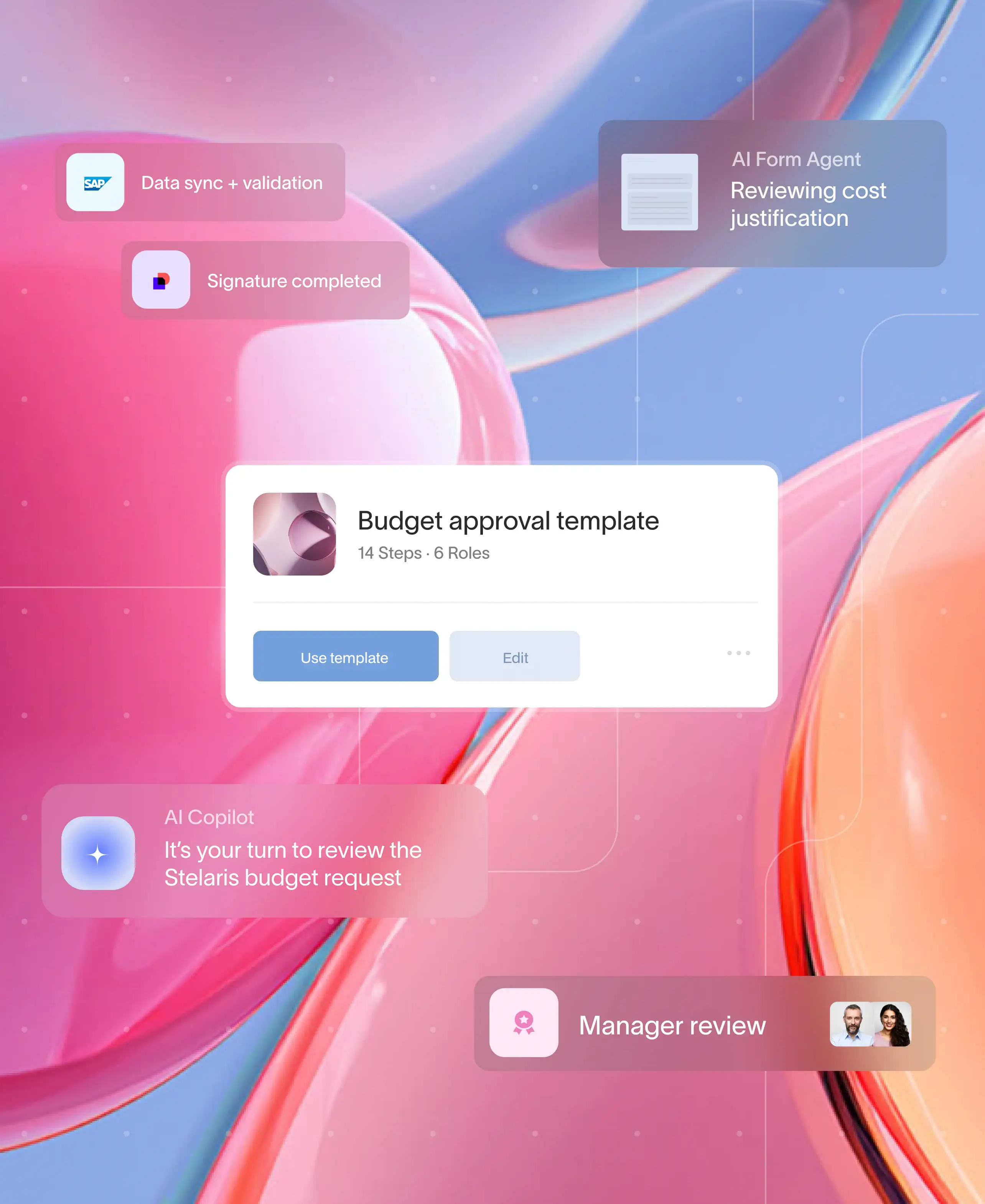
Retention, as a concept, encompasses more than just customer loyalty—it involves evaluating how well a business maintains revenue from its existing customer base. Retention rate is a critical metric for assessing a business’s ability to maintain customer relationships and revenue. Two common measures, gross retention and net retention, provide insight into different aspects of customer retention.
While both are important, understanding the differences between gross and net retention helps businesses strategize for growth, assess customer satisfaction, and optimize long-term profitability. As businesses scale, keeping tabs on these retention rates becomes vital, especially when factoring in the opportunities for upselling and cross-selling to current customers.
What is gross retention
Gross retention measures the percentage of customers retained over a specific period, without accounting for any new customer acquisitions. This metric focuses solely on how well a business retains existing customers, without including upsells, expansions, or new customer acquisitions. Essentially, it shows the business's ability to maintain its base customer count. This static gross retention vs net retention view reveals gross retention rate vs net retention rate insights, focusing only on customer retention without accounting for growth in customer numbers.
Gross retention is a static metric—it provides a snapshot of the percentage of customers who stay with the company over time. However, it does not account for growth through new customers, which limits its scope in portraying overall business growth. Gross retention is particularly valuable for assessing customer satisfaction with core offerings, as it reveals whether customers are leaving due to dissatisfaction.
Formula:
Gross retention = (Retained customers at the end of the period ÷ Total customers at the start of the period) x 100
For example, if your company starts the year with 1,000 existing customers and ends the year with 900 of those same customers (without including any new customer acquisitions), your gross retention rate would be:
Gross retention = (900 ÷ 1,000) x 100 = 90%
A gross retention rate of 90% indicates that 10% of your customers have churned. High gross retention rates are desirable, as they suggest that your company is doing well in retaining its core customer base.
What is net retention
Net retention, also known as net customer retention (NRR), calculates the percentage of customers retained after accounting for upgrades, cross-sells, and downgrades. It provides a more comprehensive view of customer retention and growth, factoring in how much additional value current customers bring through expanded engagement.
Unlike gross retention, which only looks at the customers retained without any changes in engagement level, net retention accounts for the dynamic engagement opportunities within the existing customer base. This includes not just the customers retained but also any additional purchases or upgrades by current customers.
Formula:
Net retention = [(Customers at the end of the period - Customer churn) ÷ Total customers at the start of the period] x 100
For example, if your company starts the year with 1,000 customers and ends the year with 1,150 customers, which includes 100 upgrades and 50 customers who left, your net retention rate would be:
Net retention = [(1,150 - 50) ÷ 1,000] x 100 = 110%
A net retention rate of over 100% indicates that your business is not only retaining its customer base but also increasing engagement and value through them. This is a strong indicator of customer satisfaction and the effectiveness of your upselling strategies.
What is gross revenue retention
Gross revenue retention (GRR) focuses on the amount of revenue retained, excluding any expansion or upselling. GRR is closely related to gross retention but zeroes in specifically on the monetary value retained. It helps businesses understand the revenue retention baseline without the impact of growth from existing customers.
This metric is particularly important for companies that experience a lot of cross-selling and upselling, as it removes those factors to show the "pure" retention performance of existing revenue streams.
Formula:
Gross revenue retention = (Revenue from existing customers retained ÷ Total revenue from those customers) x 100
For example, if a company starts the year with $100,000 in revenue from existing customers and retains $85,000 without any upsells or expansions, the GRR would be:
GRR = ($85,000 ÷ $100,000) x 100 = 85%
What is net revenue retention
Net revenue retention (NRR) goes beyond simple net retention and looks at the overall growth or decline in revenue from current customers. NRR includes expansions, upgrades, and any additional spending by retained customers. This holistic gross vs net retention measure helps assess revenue growth from the existing customer base.
A high NRR demonstrates that a company is not only retaining its customers but also succeeding in maximizing revenue opportunities from them. It’s especially valuable for companies operating in competitive markets, as it showcases the effectiveness of customer success and revenue growth strategies.
Formula:
Net revenue retention = [(Revenue retained + Expansion revenue - Downgrade revenue) ÷ Total revenue at the start of the period] x 100
For example, if a company retains $85,000 in revenue and gains an additional $20,000 from upsells and expansions but loses $5,000 due to downgrades, the NRR would be:
NRR = [($85,000 + $20,000 - $5,000) ÷ $100,000] x 100 = 100%
In this case, the NRR of 100% shows that while there was some revenue loss, the additional revenue from existing customers balanced it out, keeping the company at a stable revenue point.
The effect of gross retention and net retention
Understanding gross retention vs. net retention is essential for gauging both customer stability and revenue growth. Gross retention reflects customer satisfaction, as it shows how many core customers remain. In contrast, net revenue retention (NRR) provides insights into how well a business expands revenue within its current customer base through cross-sells and upsells. Businesses with high gross revenue retention (GRR) experience lower churn rates, while a strong NRR indicates that the company is successfully boosting revenue through customer engagement strategies.
How to maximize gross retention and net retention
To improve gross retention rates, businesses should focus on consistent customer satisfaction by providing excellent onboarding and minimizing friction points. For instance, ensuring customers feel supported can reduce churn, improving the overall gross retention rate.
Enhancing the net retention rate (NRR) involves proactive strategies like upselling, cross-selling, and optimizing the customer journey. Leveraging tools such as Moxo’s service orchestration platform can facilitate real-time communication, track engagement, and open upsell opportunities. For companies focused on retention success, combining customer satisfaction with revenue expansion is key.
Gross retention vs net retention: Key differences
The primary difference between gross and net retention lies in what each metric accounts for. Gross retention gives a static view of retention, focusing solely on customer churn, while net retention offers a dynamic perspective, including revenue growth from current customers. Here’s a breakdown of the key differences:
- Revenue Growth Consideration
Since gross retention focuses on maintaining core customer revenue, it guides efforts toward retaining satisfied customers, critical for subscription-based services where churn control is key. Net retention, with its focus on expansion revenue, prioritizes upsell strategies, influencing revenue goals through cross-selling. Companies emphasizing net retention are likely to invest more in customer success programs that drive additional spending within the existing customer base. - Impact on Churn Management
High gross retention signals effective churn management for core offerings, critical in maintaining baseline revenue. In contrast, net retention considers both customer retention and expanded revenue, allowing companies to offset churn by increasing per-customer revenue. Businesses with high customer churn but significant upsell success often adopt strategies like loyalty rewards or enhanced customer success engagement to improve net retention outcomes. - Customer Success and Value Expansion
A focus on gross revenue retention drives customer support toward stability in customer satisfaction, crucial for reducing churn. Meanwhile, net revenue retention (NRR) pushes companies to design customer success initiatives that don’t just prevent churn but enhance account value over time, such as offering tailored upsells or training to maximize customer engagement. - Influence on Product Development
Gross retention strategies may lead companies to refine core products to enhance customer satisfaction and prevent churn. Conversely, net retention strategies encourage creating premium features that encourage additional spending from loyal customers, aligning product upgrades with customer growth needs.
Whether a business sees high gross or net retention rates, either outcome has strategic implications. High gross retention often suggests stability in maintaining core customers, a positive indicator of customer satisfaction and loyalty. However, if net retention is stagnant or low, it may signal a need for improved upselling or customer engagement strategies.
Low retention rates, whether gross or net, indicate a risk to sustained revenue. Poor gross retention points to issues with churn and core satisfaction, while low net retention implies missed revenue growth opportunities from existing customers. Both scenarios can stem from factors like inadequate product-market fit, lack of customer success programs, or a failure to address customer needs through product development and service. Addressing these can help businesses improve both customer loyalty and revenue expansion strategies, driving overall growth.
How Moxo helps improve retention
Moxo enables businesses to streamline their customer engagement and service processes, improving retention across both gross retention and net retention. With collaborative workflows, seamless client communication, and integrated business processes, Moxo enhances client satisfaction by simplifying complex tasks and improving the overall client experience.
With capabilities that allow for automated workflows, real time communication, and document sharing, Moxo reduces the friction in customer interactions, making it easier for businesses to retain customers. Moxo’s service orchestration platform helps reduce churn by enabling faster onboarding, clearer communication, and more effective relationship management.
By creating an intuitive client experience, Moxo not only helps businesses maintain their current customer base (gross retention) but also enables opportunities for upselling and cross-selling (net retention). Visit Moxo to get started.
Conclusion
Understanding gross and net retention is key for businesses looking to evaluate their customer retention strategies effectively. While gross retention offers insights into maintaining a stable customer base, net retention goes a step further by factoring in growth from existing customers. By leveraging platforms like Moxo, businesses can enhance retention efforts, reduce churn, and drive both customer satisfaction and revenue growth. Investing in customer success, proactive communication, and seamless business processes is crucial for maximizing both gross and net retention, setting the stage for long-term business success. Visit Moxo to get started.
FAQs
What is a good gross retention rate?
A good gross retention rate is typically over 90%, depending on the industry.
How does net retention differ from churn rate?
Net retention includes both churn and expansion revenue, while churn rate only measures customer loss.
Which is more important, gross or net retention?
Both, gross retention and net retention, are important, but net retention is more comprehensive as it includes revenue growth from existing customers.





